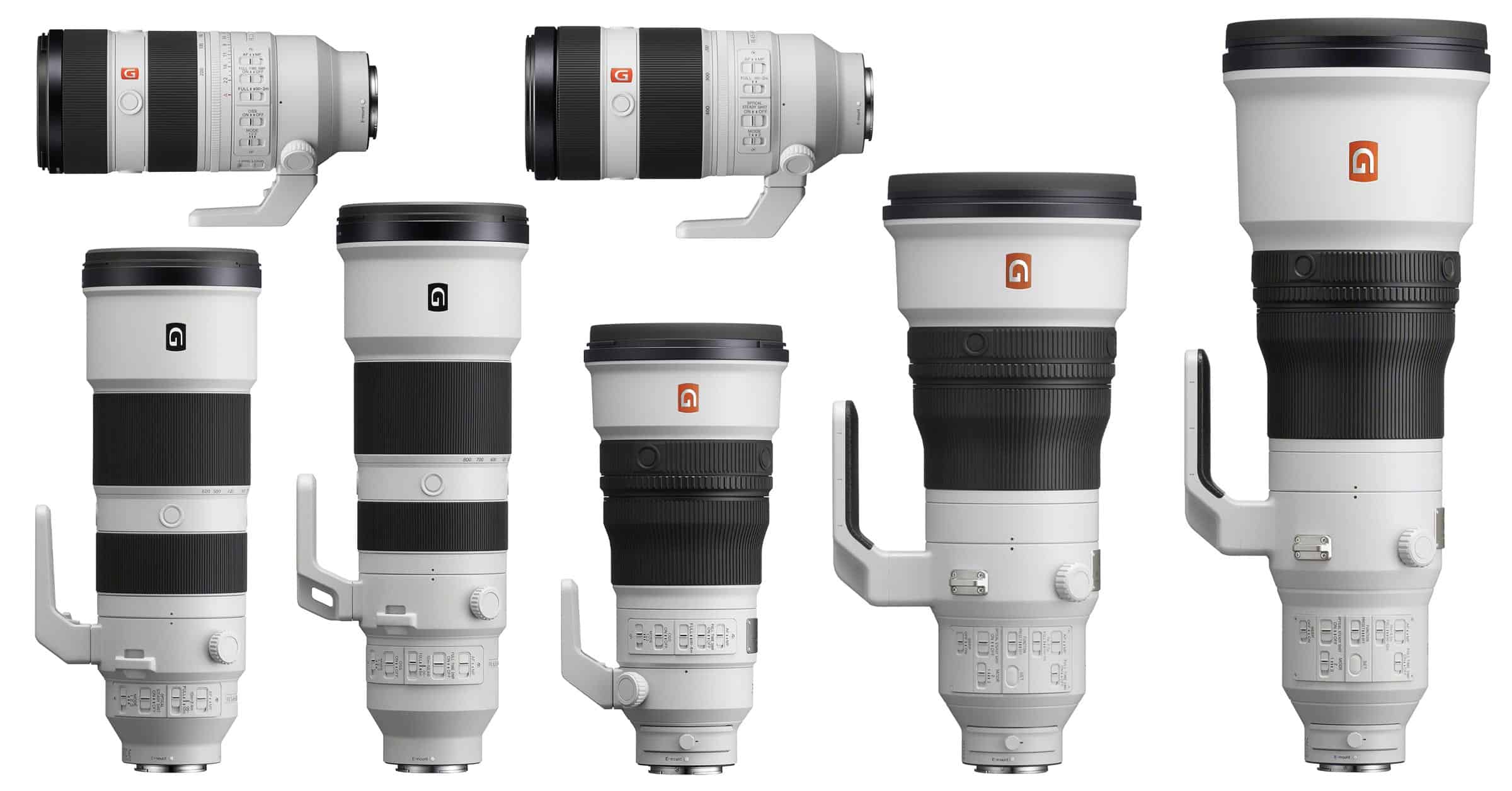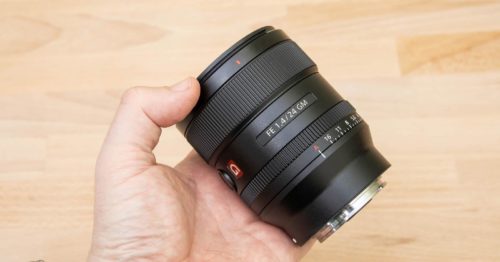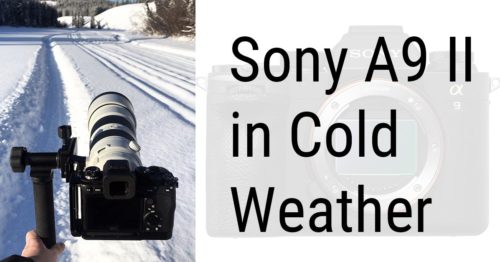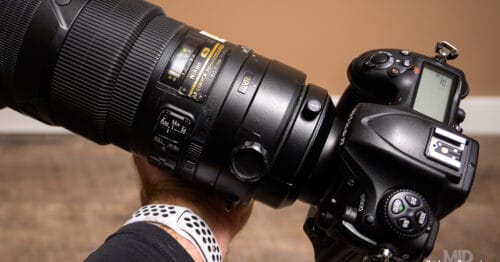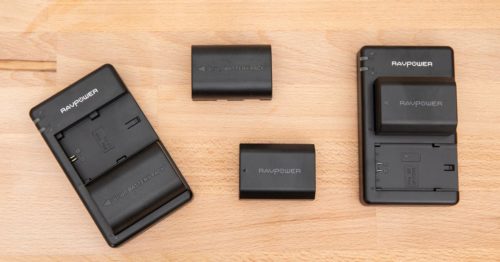
Gear Used
- Sony a9 III – Amazon / B&H / Adorama / WEX (UK) / Camera Canada
- Sony 300mm f/2.8 GM OSS – Amazon / B&H / Adorama / Lensrentals / WEX (UK) / Camera Canada
- Gura Gear Kiboko 30L+ Camera Bag (review)
- ProGrade Digital 480GB Gold CFexpress Type A memory cards (best CFexpress cards for Sony a9 III)
Last year, I exclusively revealed the first leaked photos of the Sony 300mm f/2.8 GM lens, and a few months later, after the official launch, I placed my order. Like many Sony shooters, I have long waited for this lens. I often shoot with the 600mm f/4 GM, but I just as frequently need something lighter with a wider field of view. The 70-200mm f/2.8 GM II with a 1.4x extender did that job nicely, but a prime will always be sharper, and a bare lens will always focus faster. (See all Sony wildlife lenses compared here.)
The Sony 300mm f/2.8 GM lens does two jobs for me: Firstly, it’s a great lens to have on a second body alongside the 600mm f/4 GM. It’s a fantastic focal length when I want a wider wildlife shot to include more environment. Secondly, this lens performs outrageously well with the 2x teleconverter, giving me a 600mm f/5.6 lens that is half the weight of the 600mm f/4. Would you trade a stop of light to halve the weight of your biggest lens? In many cases, it’s a great tradeoff, particularly when considering the de-noise technology available to us in post-processing software to deal with a one-stop increase in ISO.
Just 48 hours after my 300mm lens arrived, I packed it into my Gura Gear Kiboko 30L+ backpack alongside the 600mm f/4, with a pair of Sony a9 IIIs, my trusty Sony a1, and an a7R V. I also tossed in the Sony 20-70mm f/4 as a small, lightweight wide-angle option, and a pair of teleconverters. Everything fit in the backpack, along with all my batteries and cards, while maintaining international carry-on-friendly dimensions. Seriously, where would I be without this bag for air travel? It never ceases to amaze me when it swallows all that gear. Just don’t weigh it!

My destination on this trip was Alaska. Though I live in the Yukon, mere miles from the Alaskan border, there are no scheduled flights from Whitehorse Airport to Alaska. You can drive to Haines or Skagway and take the ferry (Marine Highway), but it’s a slow trip, and my time was limited due to family commitments. That meant a flight to Vancouver, then another to Seattle, and a third one up to Anchorage. I rented a car in Anchorage and drove up through the Chugach mountains to Homer–a stunning drive on a sunny day.
Once in Homer, we used a boat to access the areas most frequented by the seasonal bald eagle population. While many folks concentrate on photographing the eagles over the ocean, I spent a lot of time exploring the surroundings to find perched birds for portraits or take-off shots or the perfect perch in the hope that an eagle would eventually land on it for a great landing shot. I love the dynamic action in these kinds of shots.
I had seen this particular perch on our first day and noted the great textures and the green moss. Unfortunately, that day, there was no eagle nearby, and no snow was on the ground. I mentally bookmarked the spot for later.
On our first night in Homer, we were blessed with a heavy snowstorm that blanketed the landscape. Not only does fresh snow add to the wintery Alaskan feel, but it also reflects a lot of light up onto the underside of the birds. An overcast day after a fresh snowfall is ideal for eagle photography in Alaska, and sure enough, that’s what we got. Moreover, when I cautiously returned to my favorite perch, there was a beautiful juvenile bald eagle atop it. Just what I hoped for!
Why would I hope for a juvenile, you might ask? Adult bald eagles are the poster child for raptors. Don’t get me wrong, I love to photograph them. However, the juvenile’s darker head feathers show up better on bright white backgrounds and display incredible patterns beneath their wings, which would be beautifully revealed by the light reflected off the fallen snow.
As I did for almost all shots on this trip, I chose the new Sony a9 III for the job, alongside the 300mm f/2.8 GM lens. The a9 III is an astonishing camera, and the RAW pre-capture option allows me to dial in a small amount of capture time before I press the shutter button. I found that 0.2 seconds was plenty for take-offs like this when paired with the incredible 120fps maximum burst rate.
This means that if the bird decides to fly and I press the shutter button, I’ll also get 0.2 seconds of full burst photos from the moment before I press the shutter. Use it wisely, and you won’t miss another blast-off ever again! Just remember that pre-capture uses some of your buffer. So, the longer you set for pre-capture, the less time you’ll have after the shutter press before the buffer is full. There’s a balance to be had, and to some extent, it depends on whether you want the take-off shot or an in-flight shot.
Of course, some people will think you wouldn’t ever need 120fps. I don’t think we have time for that full discussion today, except to say that I was not nearly as pleased with the frame before and after this shot. In this case, the 120fps burst speed helped me get the perfect image. Once you see that happen just once, you’ll be addicted to the a9 III’s speed and power.
Enough about the camera. What about the lens? The 300mm f/2.8 GM was perfect for this shot. The depth of focus at f/2.8 beautifully highlighted the short branches poking out of the snow while throwing the snowy Alaskan wilderness out of distraction in the background. The f/2.8 aperture also gave me a nice fast shutter speed while keeping ISOs to a reasonable minimum. From a handling perspective, the lightweight design of the lens (only 1470g!) meant I could go handheld all the way, ditching my camera bag some meters back and creeping low and slow through the snow.
Why trust me? The internet is full of garbage written by AI and people who pretend to use the photo gear they are testing. On the other hand, I get out there and do the work, as evidenced by the images I create along the way and the stories I share with my followers. If you want to support an independent creator, please consider sharing this article, subscribing to my newsletter, leaving a tip, or purchasing through links on this page.
Don’t have your Sony a9 III or Sony 300mm f/2.8 GM yet? Support my efforts by buying it through one of the links below:
- Sony a9 III – Amazon / B&H / Adorama / WEX (UK) / Camera Canada
- Sony 300mm f/2.8 GM – Amazon / B&H / Adorama / Lensrentals / WEX (UK) / Camera Canada

